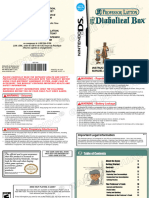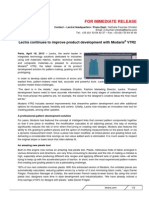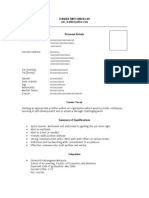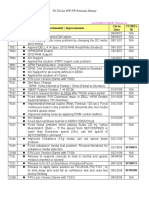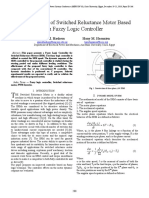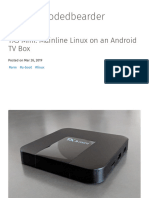0% found this document useful (0 votes)
11 views15 pagesSec Assignment
The document discusses the differences and similarities between Python and Excel for data analysis, highlighting Python's advantages for large datasets and automation. It covers the installation of Anaconda and Jupyter Notebook, the importance of data types, conditional statements, and the role of Pandas in data manipulation. Additionally, it explains machine learning concepts, data transformation techniques, and provides insights on handling duplicates and missing values in datasets.
Uploaded by
diyanshaadvani98Copyright
© © All Rights Reserved
We take content rights seriously. If you suspect this is your content, claim it here.
Available Formats
Download as PDF, TXT or read online on Scribd
0% found this document useful (0 votes)
11 views15 pagesSec Assignment
The document discusses the differences and similarities between Python and Excel for data analysis, highlighting Python's advantages for large datasets and automation. It covers the installation of Anaconda and Jupyter Notebook, the importance of data types, conditional statements, and the role of Pandas in data manipulation. Additionally, it explains machine learning concepts, data transformation techniques, and provides insights on handling duplicates and missing values in datasets.
Uploaded by
diyanshaadvani98Copyright
© © All Rights Reserved
We take content rights seriously. If you suspect this is your content, claim it here.
Available Formats
Download as PDF, TXT or read online on Scribd
/ 15





























































